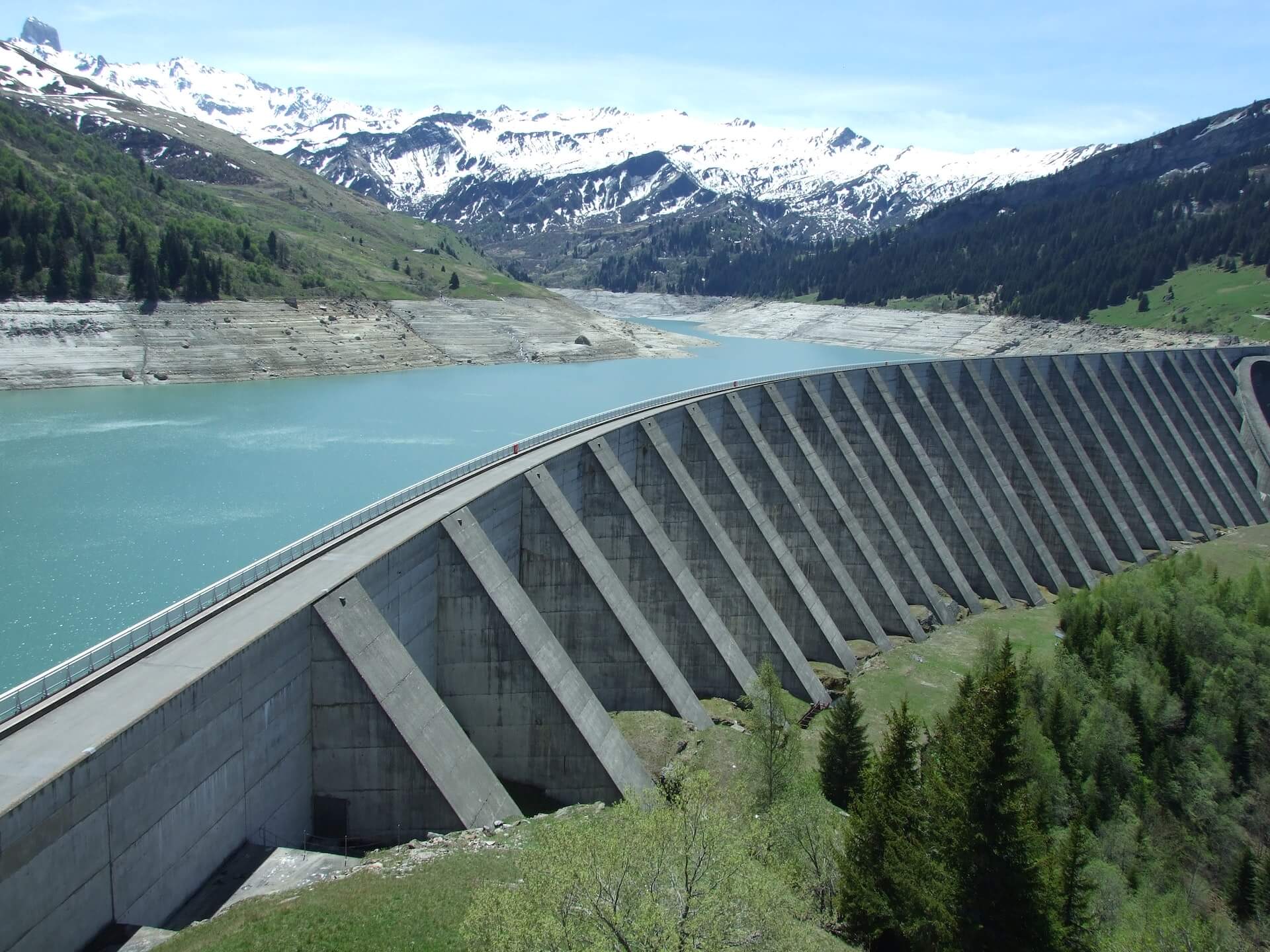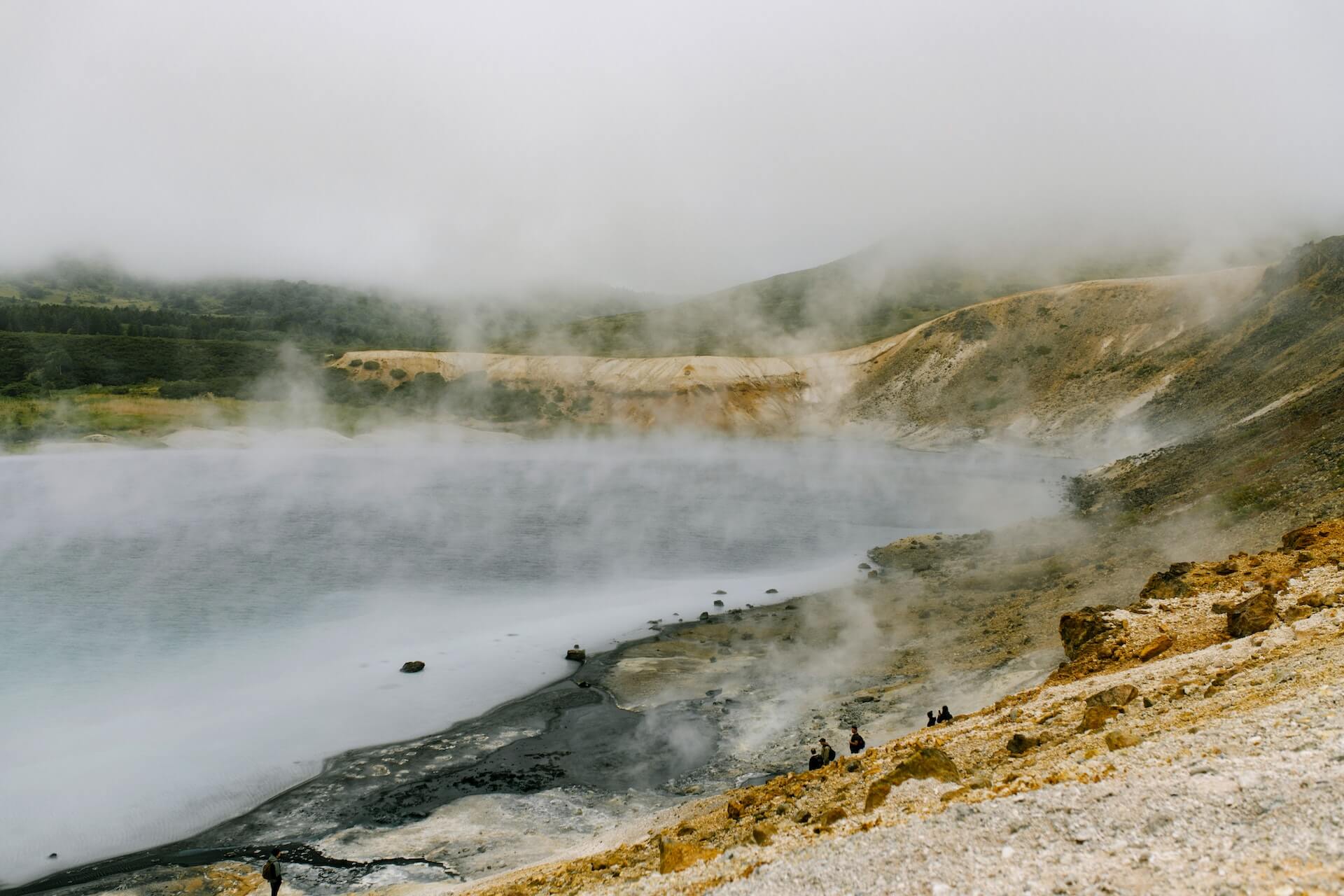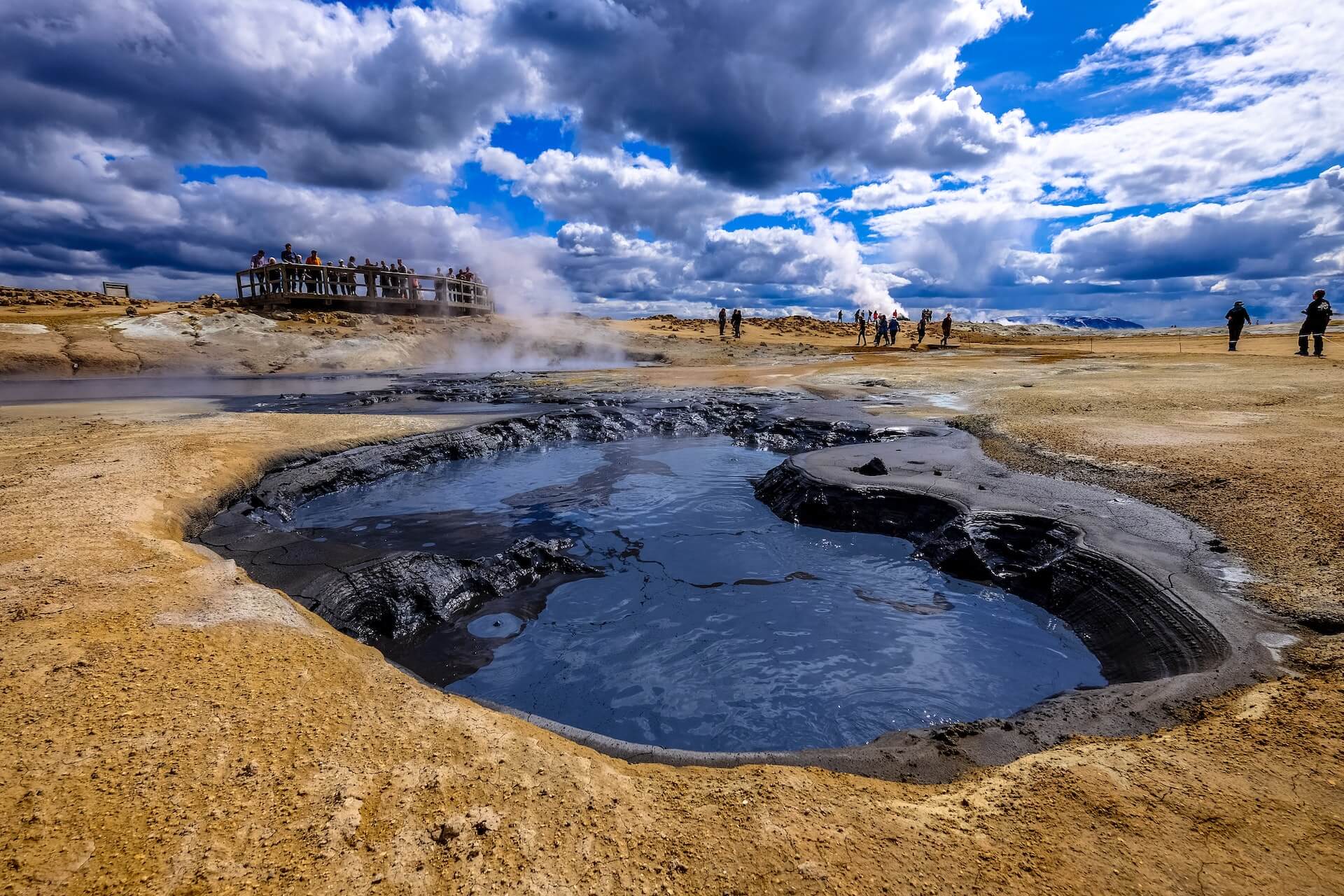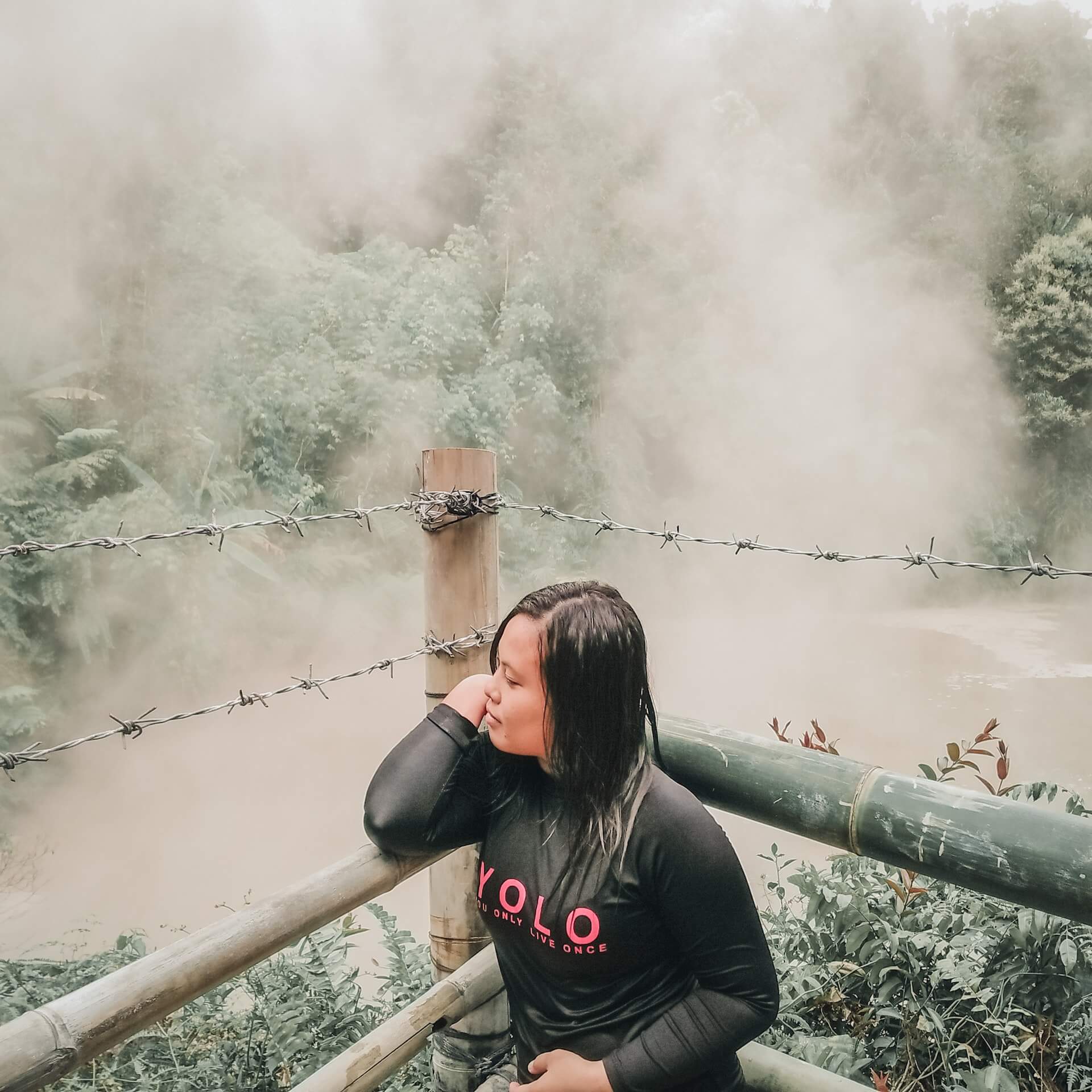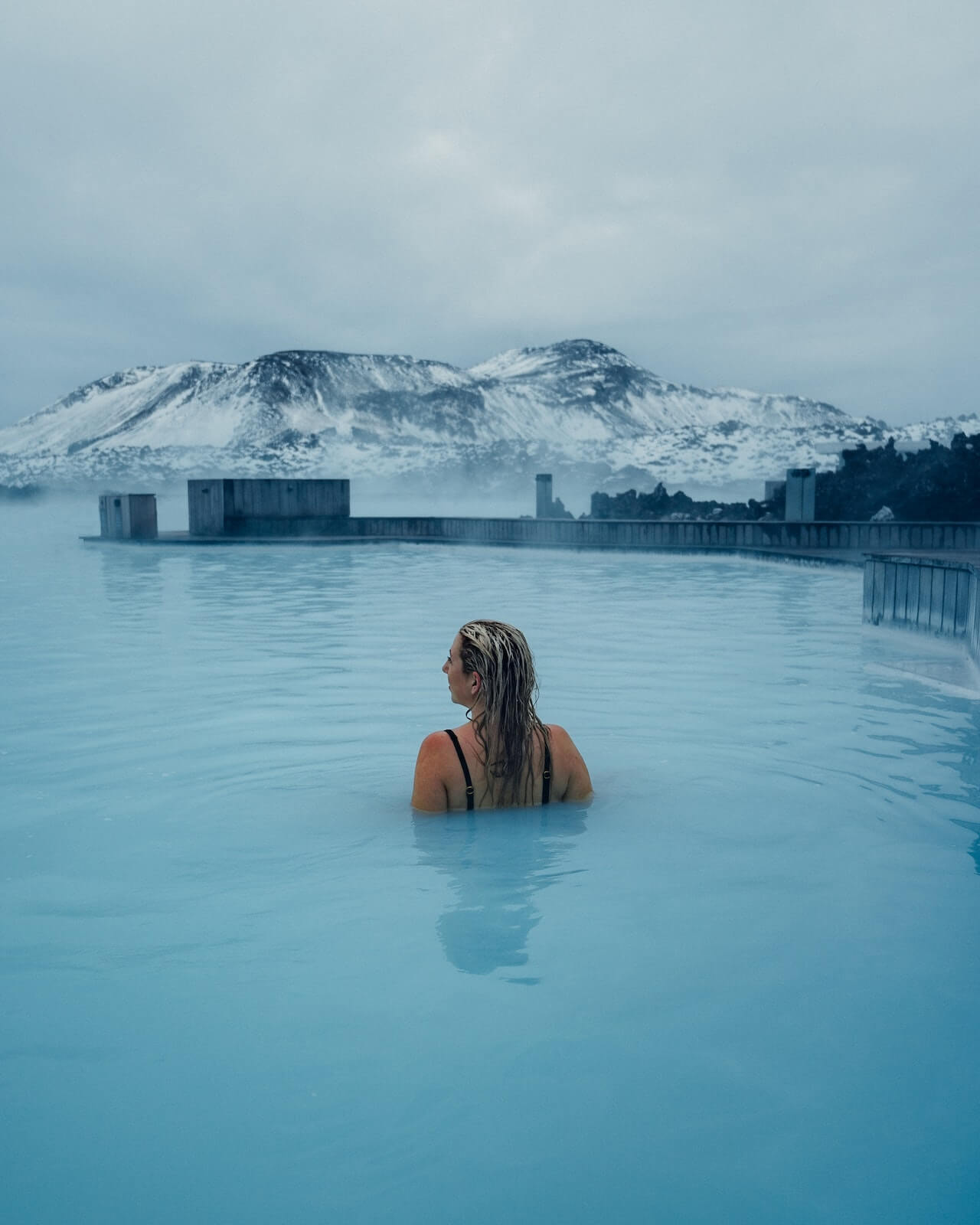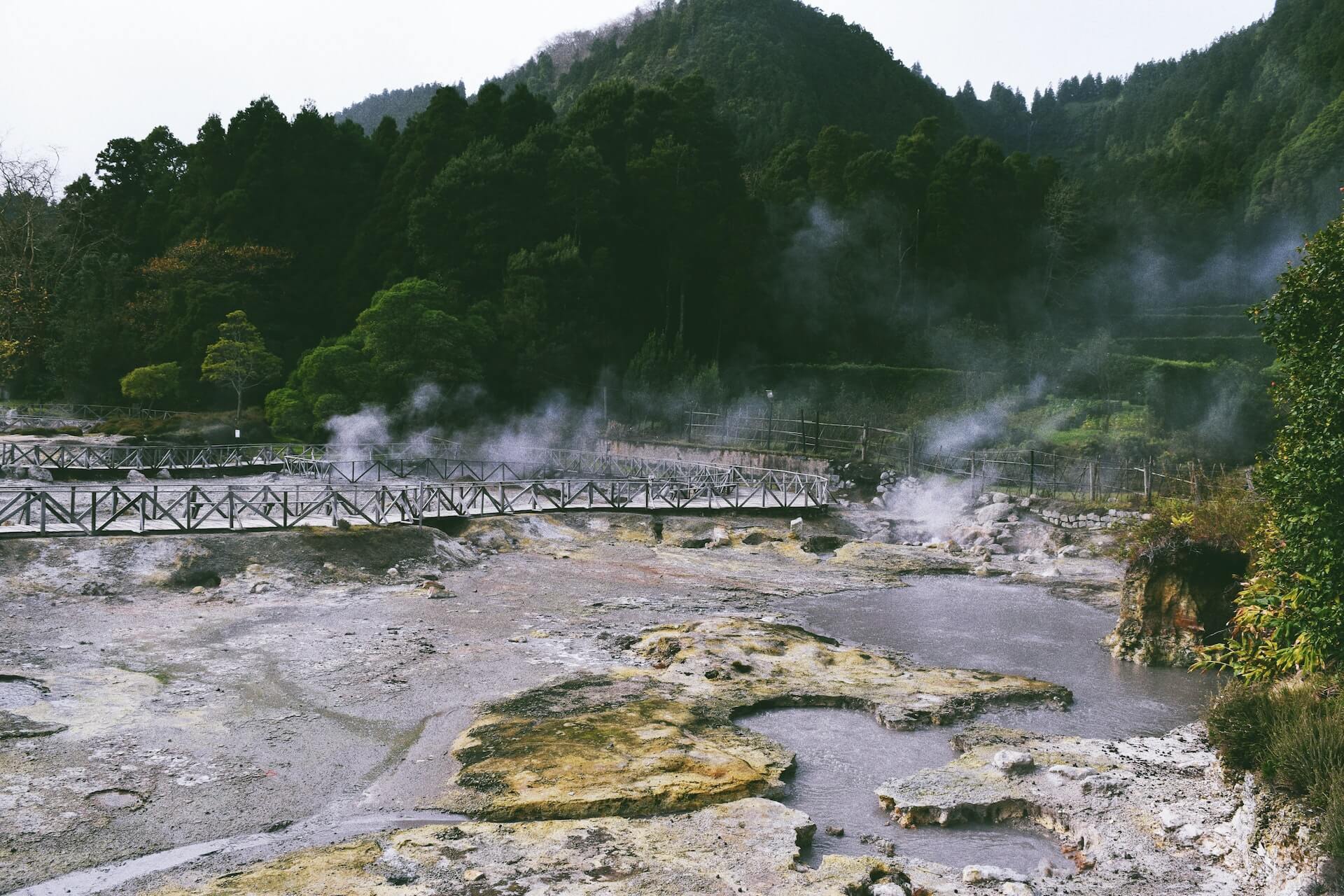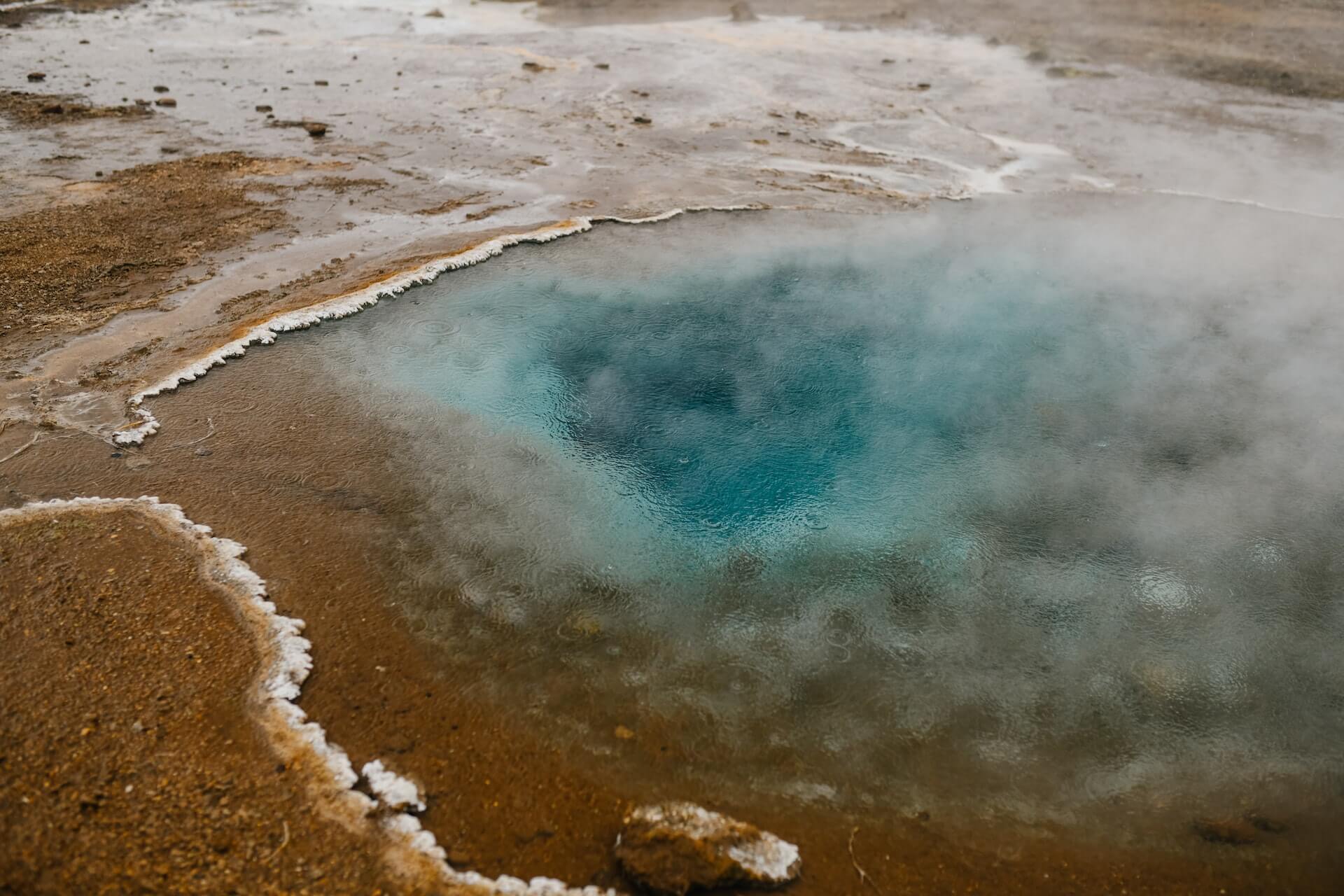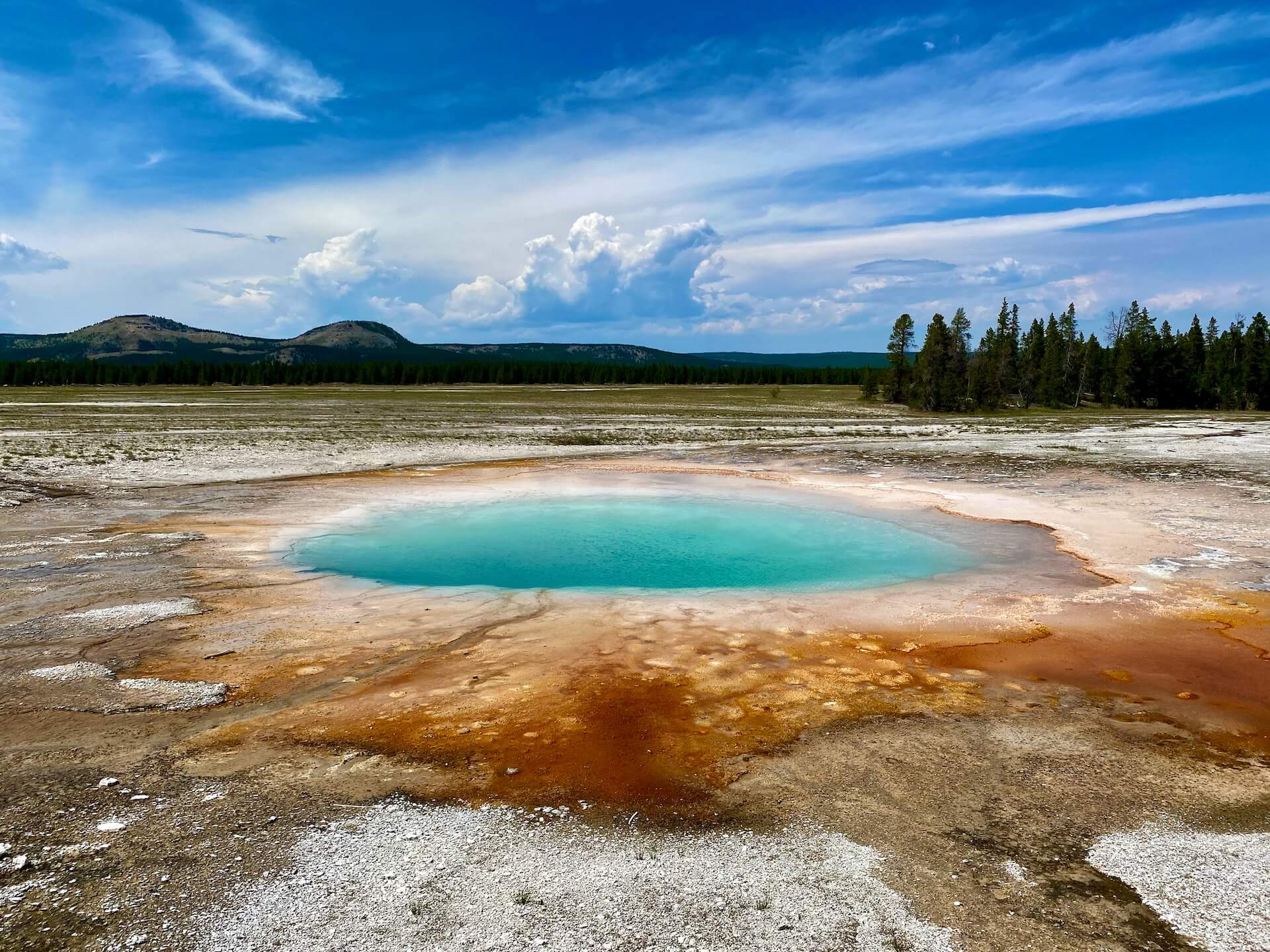As the weather warms up, many people look forward to swimming and playing in creeks. Creeks can seem like an idyllic place to cool off on a hot day.
However, creeks are natural bodies of water that are not regulated or treated like pools. This means there are risks associated with swimming in creeks that you should be aware of, and these risks make it generally unsafe to swim in a creek.
In this article, we will cover the key factors that affect the safety of swimming in creeks, looking at potential health hazards like bacteria, parasites, and dangerous wildlife. We will also discuss physical risks such as currents, flash floods, and underwater debris.
What You Should Know About Creeks
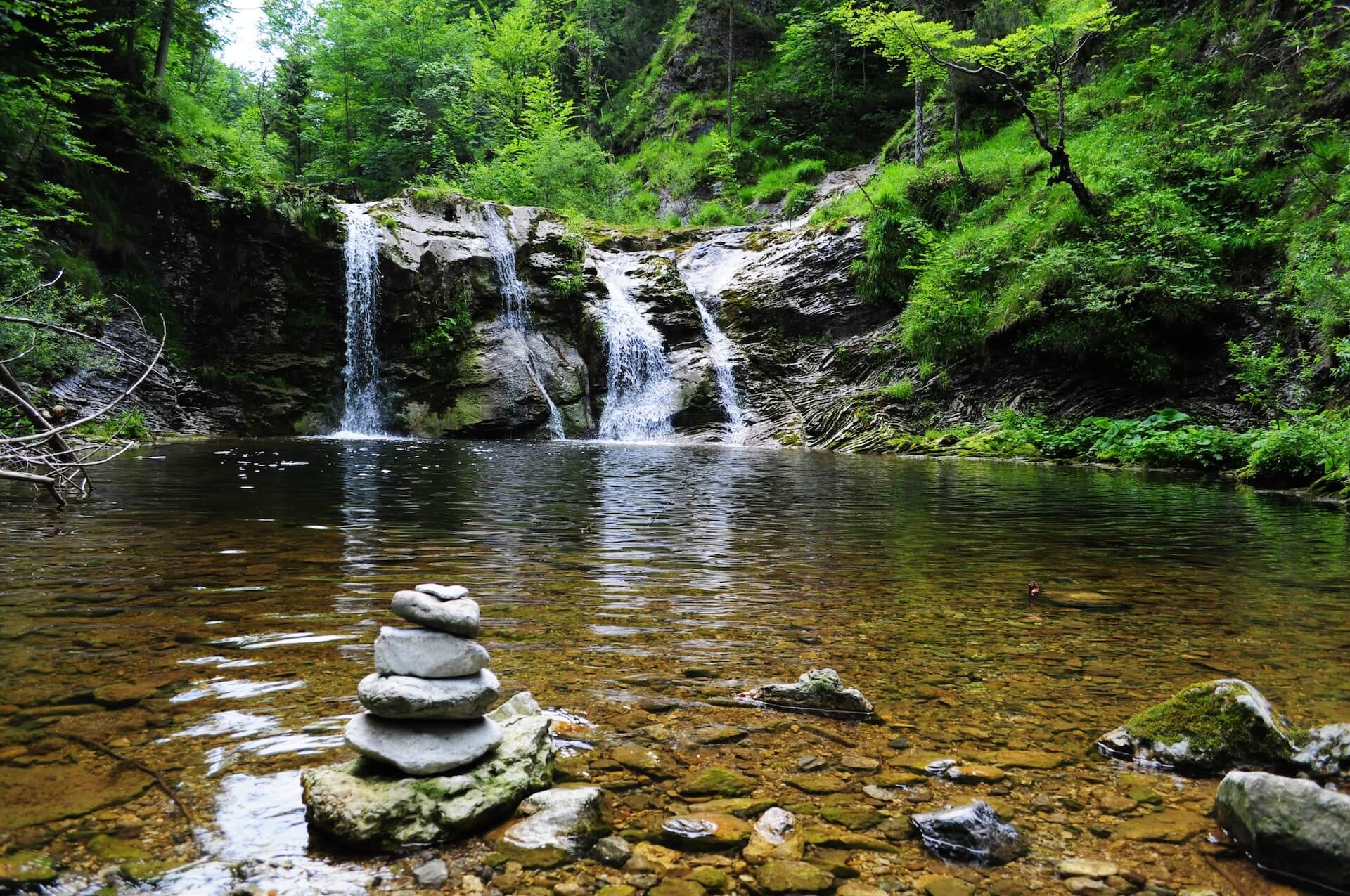
In this section, you’ll learn about some key features of creeks, which will help you better understand their characteristics and the potential risks of swimming in them.
A creek is a small, natural body of water that is usually formed from rainwater or melting snow, and flows towards rivers, lakes, or other larger bodies of water.
Creeks are often found in wooded areas, valleys, or near mountain ranges. They can vary in depth and width, making them either easy or challenging to navigate when swimming.
The water in a creek comes from various sources, such as rainwater, groundwater seeping through the soil, and melting snow. It’s important to know the creek’s water source, as it can affect the water quality.
There are several factors that can make a creek less suitable for swimming, such as:
- Hidden rocks or tree branches
- Rapid currents
- Presence of harmful bacteria or parasites
- Chemical runoff from nearby farms or industries
As a natural body of water, creeks are home to a variety of plants, animals, and microorganisms. This means that, unlike a swimming pool, the water quality in a creek may not be controlled or treated.
Because there is an inherent risk to swimming in a creek no matter how safe it may appear, no expert in their right mind would ever recommend swimming in a creek.
Factors Affecting Safe Creek Swimming
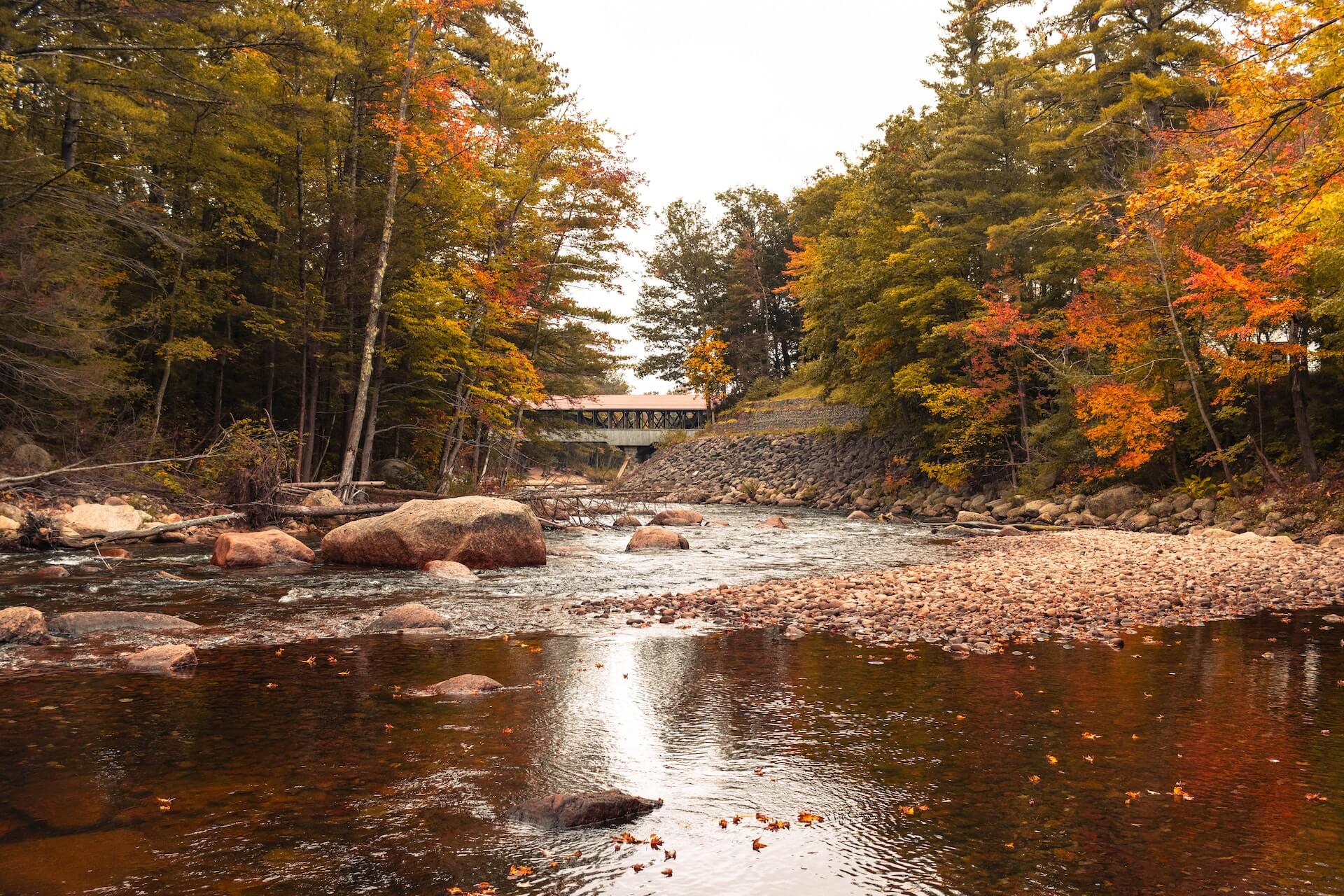
Water Quality
Water quality is a crucial factor to consider when deciding whether it’s safe to swim in a creek. The presence of pollutants, harmful bacteria, or toxic algae can pose significant health risks. Here’s a more detailed look at what to consider:
- Clarity: Clear water is usually a good sign, but it’s not a definitive indicator of water quality. Clear water can still contain harmful microorganisms or chemicals. However, cloudy or murky water is a definite red flag. It can indicate the presence of pollutants, harmful bacteria, or algae.
- Color: The water’s color can provide clues about its quality. For instance, green water might indicate the presence of algae, including potentially harmful blue-green algae (cyanobacteria). Blue-green algae can produce toxins that are harmful to humans and animals. Brown or discolored water might suggest contamination with sediment, sewage, or industrial pollutants.
- Odor: A foul smell is another warning sign of poor water quality. For example, a strong, musty, or fishy smell can indicate the presence of harmful algal blooms. Some types of bacteria and algae produce gasses that smell bad. In particular, blue-green algae blooms can smell like rotting plants.
- Algal Blooms: Algal blooms are overgrowths of algae in the water. Some algal blooms are harmless, but others produce toxins that can cause skin irritation, stomach cramps, diarrhea, vomiting, and even neurological effects if you swim in or accidentally ingest the water. Algal blooms often give the water a green, red, or brown appearance and may look like paint floating on the water’s surface.
Before swimming in a creek, it’s a good idea to check with local environmental or public health agencies for water quality reports or advisories. If you’re unsure about the water quality, it’s best to err on the side of caution and avoid swimming.
Depth and Currents
Depth and currents are important factors to consider when swimming in a creek, as strong currents or rapidly changing water conditions can pose a risk of drowning. Here are some aspects to be aware of:
- Rip currents: These are powerful, narrow channels of fast-moving water that can occur in various water bodies, including creeks. Rip currents can move faster than an Olympic swimmer can swim and can quickly pull swimmers away from the shore. If caught in a rip current, it’s essential to remain calm, swim parallel to the shore, and then swim back to land at an angle.
- Sudden drop-offs: Some creeks may have sudden drop-offs, where the water depth changes abruptly. This can be dangerous for swimmers, especially if they are not aware of the change in depth.
- Flash floods: Creeks can be prone to flash floods, especially during heavy rain or storms. Flash floods can cause rapid changes in water levels and create strong currents that can be dangerous for swimmers.
With this in mind, check the water conditions before entering, including the presence of strong currents or rapidly changing water levels. If caught in a strong current, remain calm and swim parallel to the shore until you are out of the current, then swim back to land at an angle.
Weather Conditions
Weather conditions, particularly heavy rain, can significantly impact the safety of swimming in a creek. Heavy rain can pick up contaminants, such as human and animal feces, and drain them into the swim area, increasing the risk of waterborne illnesses.
Here are some ways in which heavy rain can affect water quality and safety:
- Increased runoff: Heavy rain can cause increased runoff from fields, which can transport pollutants, sediment, and nutrients into the water. This can lead to contamination of the water with harmful bacteria and other pathogens.
- Flooding: Floods can increase human exposure to pathogens, as contaminants are spread by floodwaters. Floods can also transport fecal matter from the ground or sewers and contaminate wells, boreholes, and surface waters.
- Sewage overflow: Heavy rain can cause sewage systems to overflow, leading to the contamination of creeks with sewage and pathogens.
- Resuspension of pathogens: High streamflow events associated with heavy precipitation can agitate and resuspend pathogens stored in bed sediment, increasing the risk of waterborne illnesses.
For the reasons listed above, it is highly recommended you wait at least 48-72 hours after rainfall before swimming in any outdoor body of water.
Hazards and Obstructions
Creeks can contain various natural or man-made hazards, such as:
- Tree branches
- Logs
- Rocks
- Underwater plants
These obstructions might be hidden below the water’s surface, so always be cautious when entering a creek.
Presence of Animals
Being aware of potentially dangerous wildlife in the area is crucial when swimming in a creek. Some of the common threats include snakes and alligators, which can pose a risk to swimmers.
Here are some tips to help you stay safe around these animals:
- Snakes: Various snake species can be found near creeks, and some of them may be venomous.
- Alligators: Alligators can be found in freshwater environments such as creeks, rivers, and swamps. They are territorial and can be aggressive if they feel threatened.
- Other wildlife: Apart from snakes and alligators, there may be other potentially dangerous animals in the area, such as venomous insects, spiders, or even larger predators like bears or mountain lions. Be cautious and aware of your surroundings, and avoid disturbing any wildlife you encounter.
To minimize the risk of encountering dangerous wildlife while swimming in a creek, it’s essential to stay vigilant, respect the animals’ space, and follow local guidelines and recommendations.
Potential Health Risks
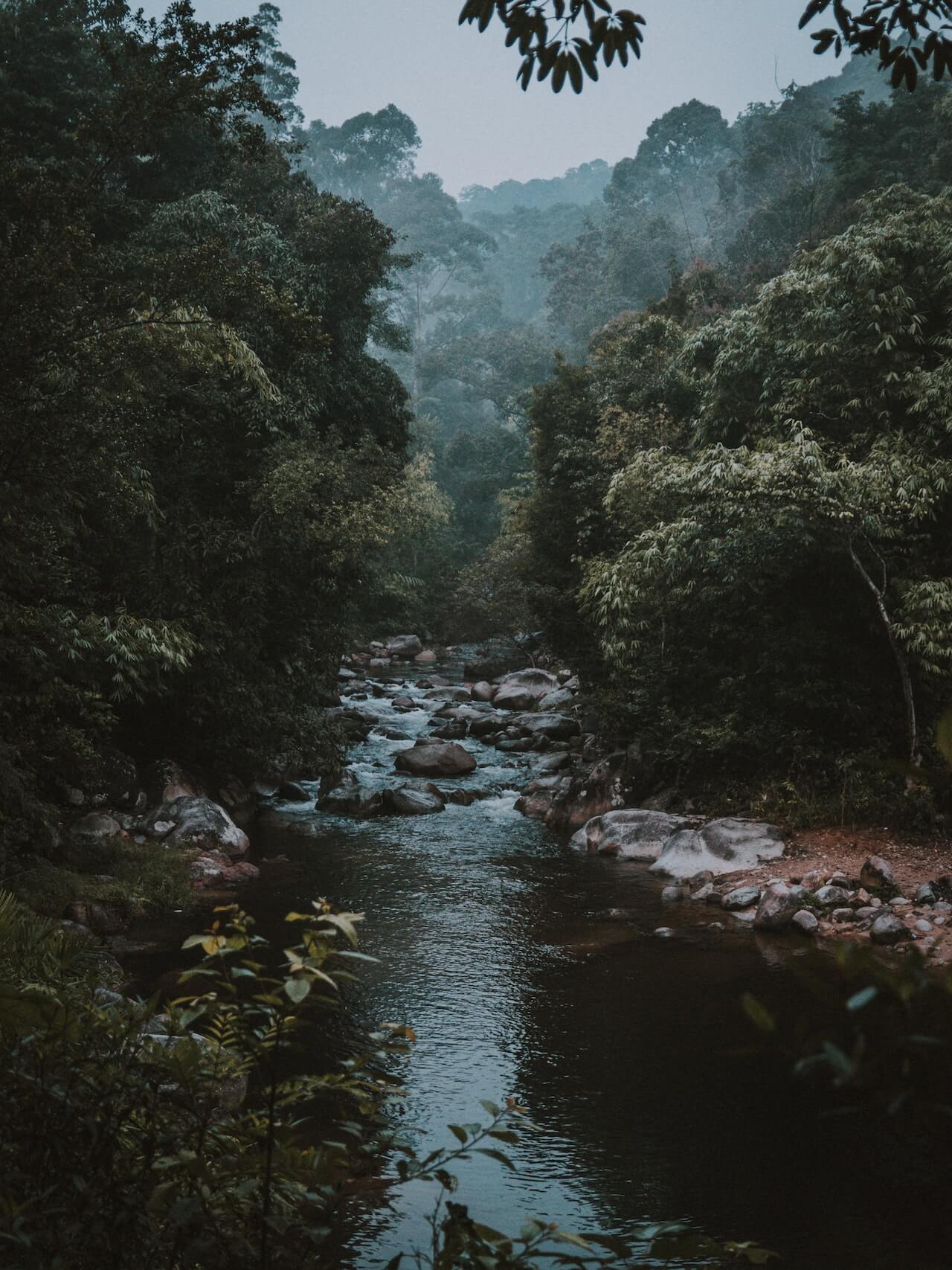
Infections and Illnesses
When swimming in a creek, you might be exposed to various contaminants that can lead to infections and illness. Some health risks you should be aware of include:
- Waterborne diseases: Bacteria, viruses, and parasites may contaminate creek water and can cause illnesses if ingested accidentally.
- Skin infections: Contact with contaminated water can result in skin infections, such as rashes or irritations.
To reduce the risk of getting sick, try to avoid swallowing water and always wash your hands after swimming. The CDC recommends checking local water quality advisories before hitting the water.
Drowning Risks
Though creeks might seem safer than larger bodies of water, they still pose some drowning risks. Keep the following hazards in mind:
- Fast currents, waves, and rapids, even in shallow water.
- Unexpected underwater obstacles like rocks, debris, or fallen trees.
Protect yourself against these risks by wearing a life jacket, never swimming alone, and being cautious near fast-flowing water. It’s crucial to learn how to swim and know your limits while venturing into a creek.
Hypothermia
You might not realize it, but even on warmer days, creek water can be cold and lead to hypothermia. Symptoms to watch out for include:
- Shivering and goosebumps
- Numbness or weakness in extremities
- Confusion and slurred speech
To avoid hypothermia, wear a wet or dry suit if you plan on swimming for an extended period. Also, make a habit of getting out of the water to warm up and staying well-hydrated.
Safety Precautions to Consider
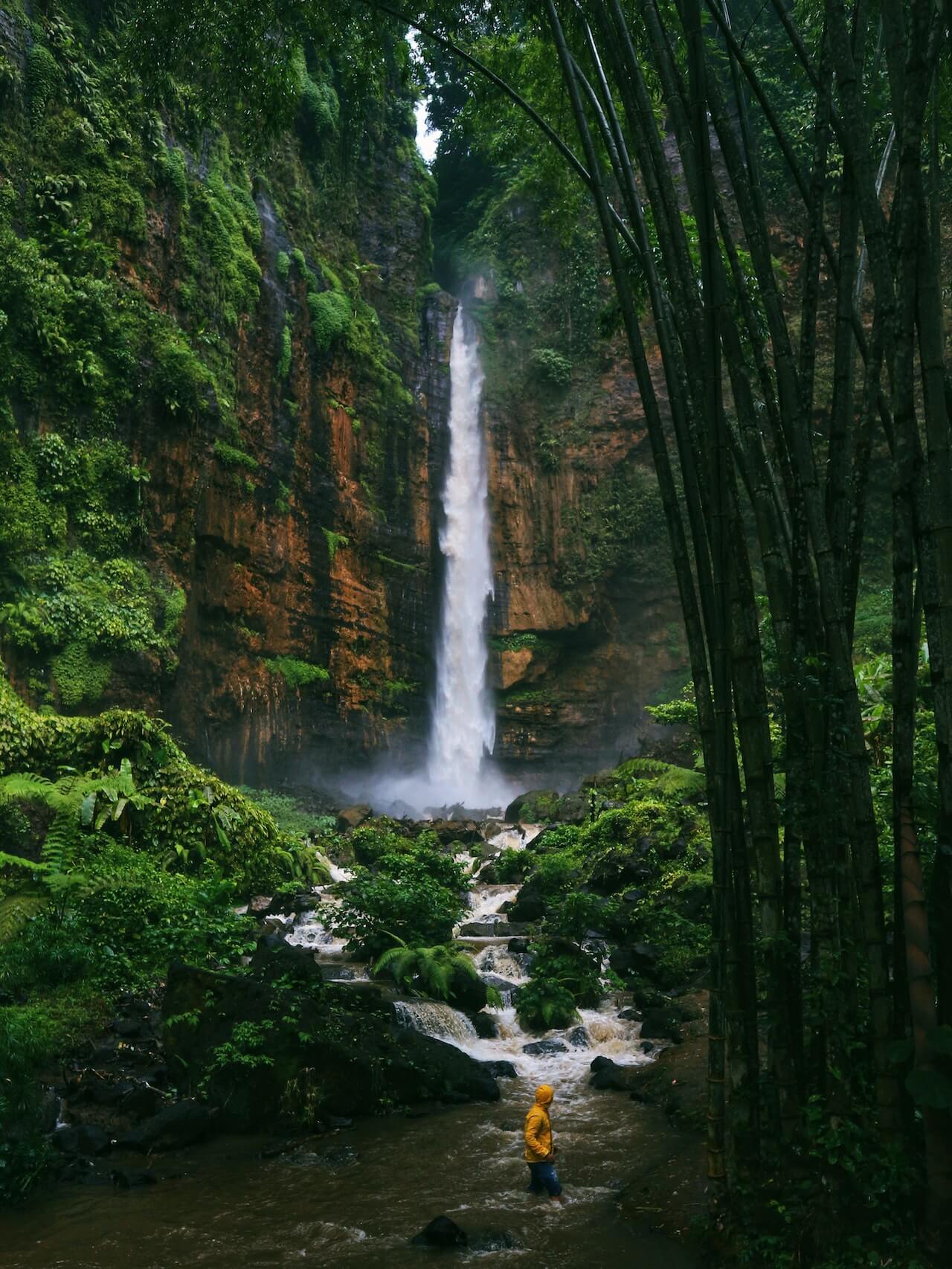
Never Swim Alone
It is always a good idea to have someone else with you when you decide to swim in a creek. This ensures that if you encounter trouble or need assistance, you will have someone nearby to help you. Make sure someone in your group is familiar with CPR and basic first aid in case of emergencies.
Understand Creek Currents
Be cautious of the creek’s currents and be aware of potential hazards, such as rocks, branches, and sudden changes in depth. Familiarize yourself with the area before you enter the water, as currents can be unpredictable and could pose a threat to your safety. Some basic precautions to follow include:
- Observe the creek flow and choose a location with a gentle current
- Be cautious near waterfalls, as they may increase currents and be slippery
- Always be prepared for sudden changes in water depth
Do Not Swallow Creek Water
Creek water can contain pollutants or contaminants that make it unsafe for ingestion. Avoid swallowing water while swimming, and ensure that young swimmers understand the importance of not swallowing water.
Do Not Swim with an Open Wound
Swimming with an open wound can increase the risk of infection, as some creek water may contain bacteria or other harmful microorganisms. If you have an open wound, avoid swimming in the creek, or cover the wound with a waterproof dressing before entering the water. Stay safe and enjoy your creek adventure responsibly!
Impact of Seasons on Creek Swimming
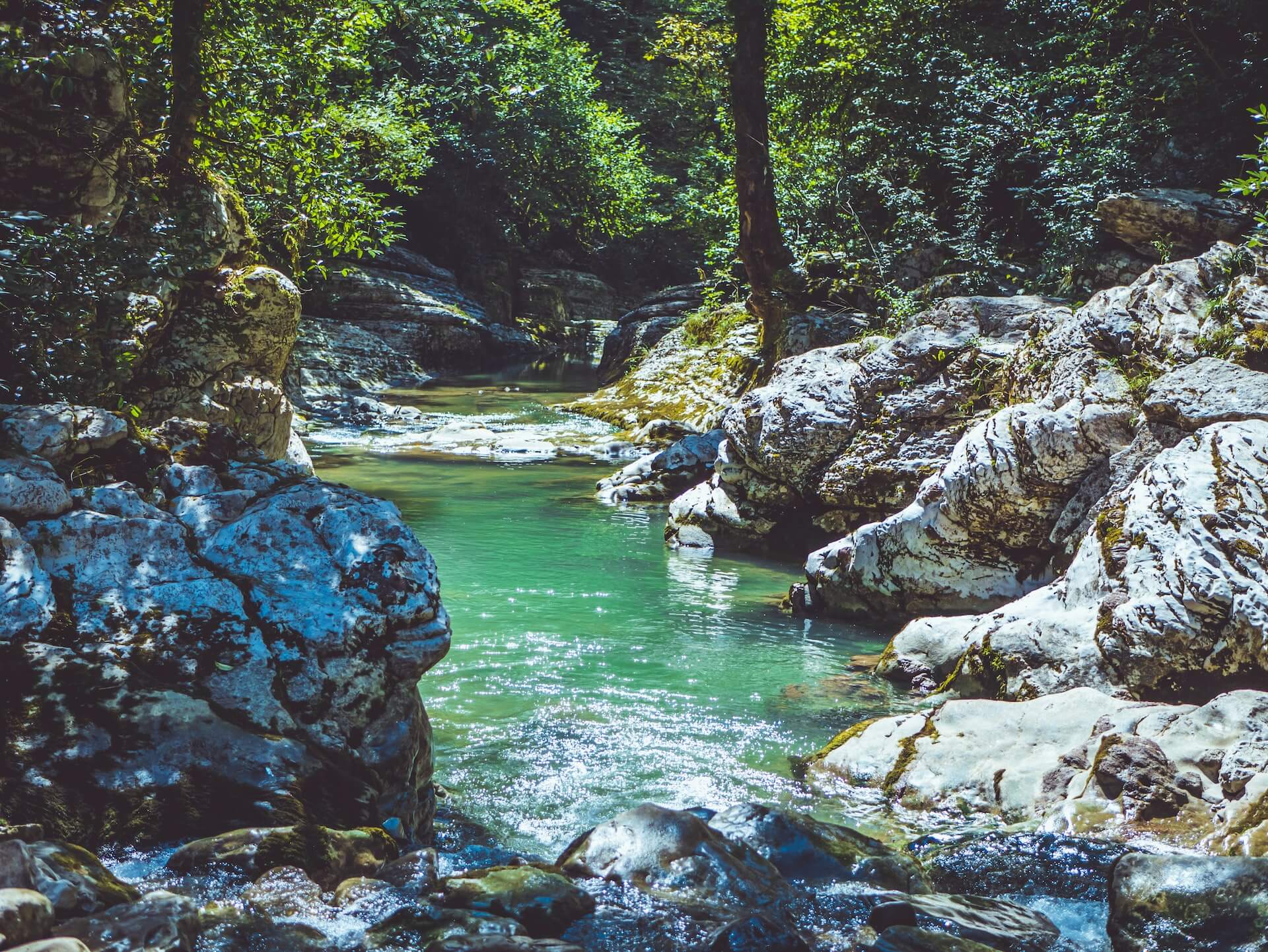
Summer Swim Safety
During the summer, creek water can be more inviting because of the warm weather. However, there are a few potential dangers to be aware of. One concern is the presence of waterborne organisms that can cause illnesses like diarrhea, skin rashes, and respiratory issues. To minimize your risk of coming into contact with these organisms, you should:
- Avoid swallowing creek water
- Avoid areas with stagnant water
Another concern during the summer is the potential for sudden storms, which can result in flash floods. Flash floods can lead to strong currents and turbulent waters that can be difficult to swim in. Be sure to keep an eye on weather forecasts and avoid swimming in creeks during storms.
Heavy Rainfall Effects
Heavy rainfall can significantly affect creek conditions. After a heavy rain, creeks can experience an increased amount of runoff from the surrounding land, bringing pollutants and other contaminants into the water. This can make swimming in a creek unsafe. If the water appears discolored or has an unusual odor, it’s best to avoid swimming.
In addition, heavy rainfall can lead to stronger currents and rapidly changing conditions. This can make creek swimming more challenging, even for experienced swimmers. When swimming in a creek after heavy rainfall, you should:
- Be mindful of your swimming abilities
- Stay close to the shoreline
- Swim with a buddy
By taking these precautions and paying attention to the seasons, you can enjoy creek swimming while prioritizing your safety.
Comparing Creeks with Other Bodies of Water
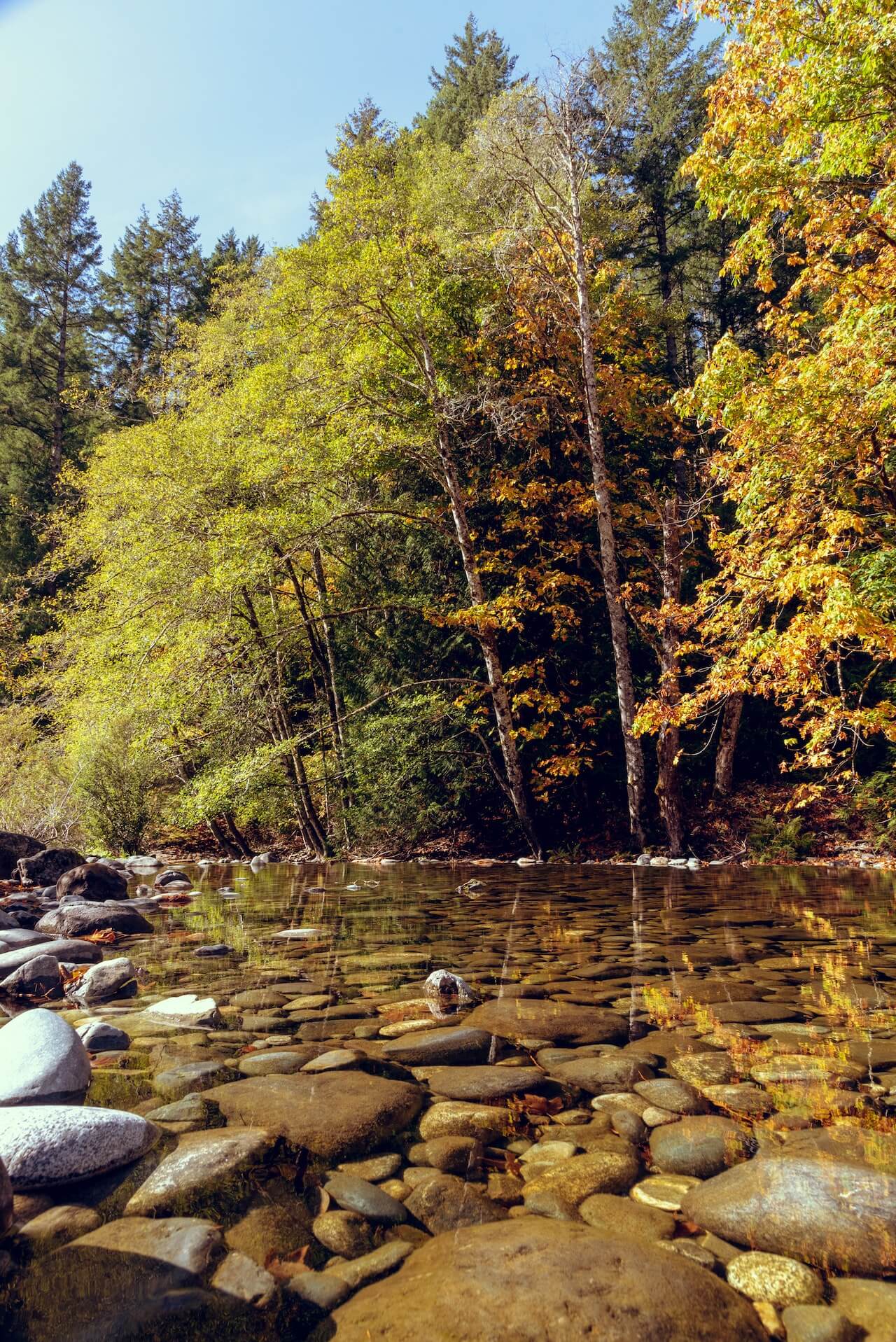
Creeks Vs Rivers
Creeks and rivers are both natural flowing bodies of water, but they differ in size. Rivers are usually larger and have a stronger current which can make them more dangerous than creeks.
The water quality in creeks can vary, so it’s essential to check for any advisories before you decide to swim in one.
Creeks Vs Lakes
Lakes are larger bodies of water that are often surrounded by land. Although lakes are more extensive than creeks, their water is usually calm and can be safer for swimming.
However, both creeks and lakes may contain harmful bacteria or other pollutants, so it’s essential to pay attention to the water quality and posted advisories. Some factors that can affect water quality include:
- Weather conditions
- Nearby industrial activities
- Agricultural runoff
Creeks Vs Pools
A significant difference between creeks and pools is that pools are man-made and generally offer a controlled swimming environment. Pool water is usually treated with chlorine or other chemicals to keep it sanitized. Creeks, on the other hand, are more exposed to the elements and wild animals, which can cause their water quality to vary. You should consider the following when deciding where to swim:
- Safety: Pools typically have lifeguards or safety equipment, while creeks do not.
- Cleanliness: Pools are regularly cleaned and maintained, while creeks’ cleanliness depends on natural conditions and nearby activities.
- Accessibility: Pools are usually conveniently located and have amenities like showers and changing rooms, but creeks might require a hike or outdoor preparations.
When deciding whether to swim in a creek or another body of water, consider factors such as water quality, safety, and accessibility. Always check for local advisories and alerts before swimming in any natural body of water.
Sources:
- https://www.cdc.gov/healthywater/swimming/oceans-lakes-rivers/visiting-oceans-lakes-rivers.html
- https://www.epa.gov/wqclr/water-quality-topics-pathogens
- https://www.ncbi.nlm.nih.gov/pmc/articles/PMC3594835/
- https://www.ncbi.nlm.nih.gov/books/NBK28463/
- https://www.safewater.org/fact-sheets-1/2017/1/23/effectofclimatechange
- https://www.mdpi.com/2073-4433/9/10/385
- https://oceanservice.noaa.gov/facts/ripcurrent.html
- https://www.fs.usda.gov/visit/know-before-you-go/water-safety

